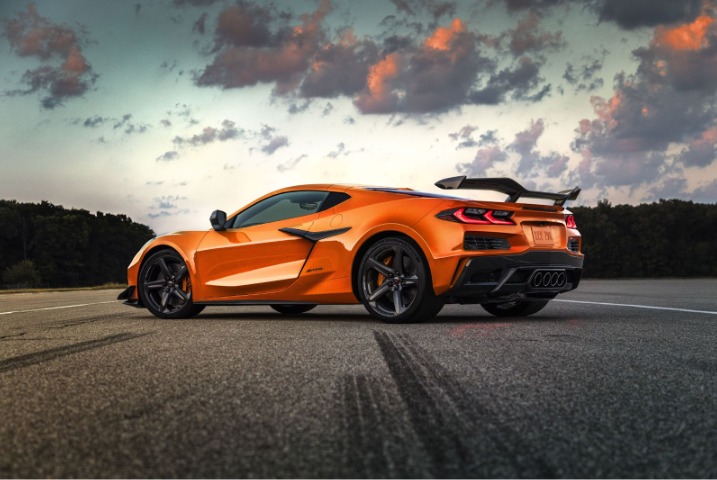The Race for Speed: A History of Car Top Speed Records

Introduction
The pursuit of speed has been a fundamental aspect of automotive engineering since the inception of the automobile. Over the years, car manufacturers and enthusiasts have relentlessly pushed the boundaries to achieve higher top speeds, leading to a fascinating history of technological advancements and record-breaking performances.
Early Beginnings
The quest for speed began in the early 20th century, with the first recorded land speed record set by Frenchman Gaston de Chasseloup-Laubat in 1898. Driving an electric vehicle called the Jeantaud Duc, he reached a top speed of 39.24 mph (63.15 km/h). This modest achievement marked the beginning of a competitive era among car makers and drivers to push the limits of speed.
Key Milestones in Car Top Speed
- 1906 – The First 100 mph Record
American driver Fred Marriott set a new record in 1906, reaching 127.66 mph (205.44 km/h) in a steam-powered car named the Stanley Rocket. This was the first time a car surpassed the 100 mph mark, showcasing the potential of automotive engineering. - 1927 – The 200 mph Barrier
British driver Henry Segrave broke the 200 mph barrier in 1927, reaching 203.79 mph (327.97 km/h) in the Sunbeam 1000 HP. This record highlighted the significant advancements in engine power and aerodynamics. - 1935 – Malcolm Campbell and the Blue Bird
Malcolm Campbell, a legendary British racing driver, set a record of 301.13 mph (484.62 km/h) in his car, the Blue Bird. This was the first time a car exceeded 300 mph, marking a monumental achievement in the quest for speed. - 1964 – The Jet-Powered Thrust
Craig Breedlove, an American racer, set a new record of 407.45 mph (655.72 km/h) in the jet-powered Spirit of America. This record emphasized the potential of jet propulsion to achieve unprecedented speeds. - 1997 – The Supersonic Era
The Thrust SSC, driven by British pilot Andy Green, became the first car to break the sound barrier, reaching a top speed of 763.035 mph (1,227.986 km/h). This record, set in the Black Rock Desert, Nevada, still stands today as the highest speed achieved by a car.
Factors Influencing Top-Speed
Several factors contribute to a car’s top speed, including:
- Engine Power: Higher horsepower and torque enable a car to achieve greater speeds.
- Aerodynamics: Streamlined designs reduce air resistance, allowing for smoother and faster movement.
- Weight: Lighter cars can accelerate more quickly and reach higher speeds.
- Tires: High-performance tires provide better grip and stability at high speeds.
- Transmission: Efficient gear ratios ensure optimal power delivery to the wheels.
Modern Supercars and Hypercars
In recent years, the race for top speed has been dominated by supercars and hypercars. Notable examples include:
- Bugatti Veyron: Introduced in 2005, it reached a top speed of 253 mph (407 km/h), setting a new benchmark for production cars.
- Hennessey Venom GT: In 2014, it achieved a top speed of 270.49 mph (435.31 km/h), surpassing the Veyron.
- Bugatti Chiron: In 2019, it reached 304.77 mph (490.48 km/h), becoming the first production car to exceed 300 mph.
Conclusion
The history of car top speed records is a testament to human ingenuity and the relentless pursuit of progress. From the early days of electric and steam-powered vehicles to the modern era of jet propulsion and hypercars, each milestone reflects significant advancements in automotive technology. As manufacturers continue to innovate, the quest for speed shows no signs of slowing down, promising even more thrilling achievements in the future.
